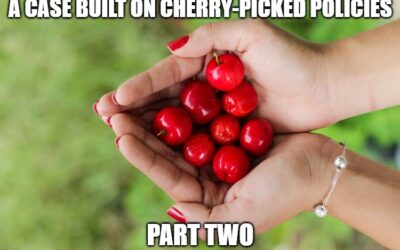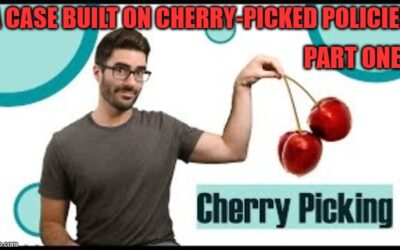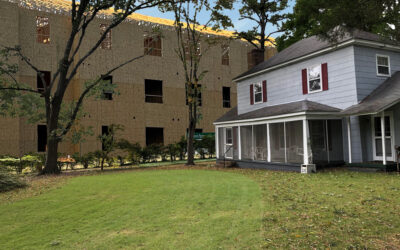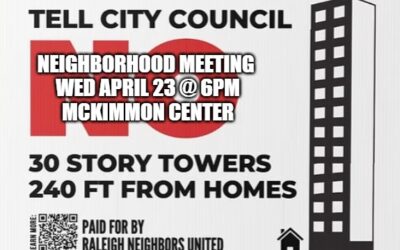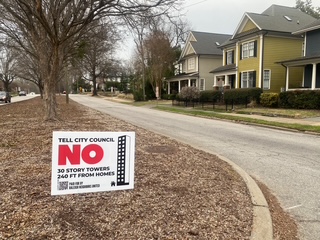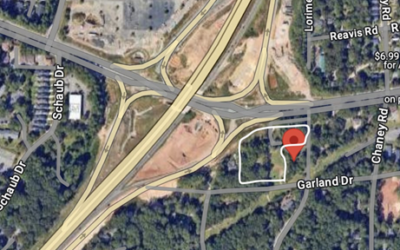RDC’s claim is, “the Urban Form Map designation for this site is in the Downtown Center,” and that this designation and policies from that section support heights above 12 stories. This is misleading. While it is true that the Urban Form Map UD-1 (UFM) places the site within the Downtown and Core Transit areas, this designation is not a direct basis for determining allowable height or density. it’s important to clarify a potential source of confusion. The site is designated Core Transit on the Urban Form Map but that is not the same as the Core/Transit category referenced in Table LU-2, which is a distinct classification tied to specific definitions
The Impacts of Cherry-Picking Policy
While the developer’s argument relied on selected pieces of the Comprehensive Plan, it reflected a common rezoning tactic: cherry-picking policies to justify a predetermined outcome. But when viewed in full context, the city’s adopted plans and policies provide clear, balanced guidance.
What are Citizens’ Assemblies?
Citizens’ Assemblies are not a silver bullet, but they are a powerful supplement to representative democracy. By fostering informed, inclusive debate, they help bridge the gap between the public and policymakers—and reinvigorate democratic governance for the 21st century.
June 3 Afternoon and Evening City Council Meetings
Summary of June 3 Council meeting, including the fact that leaf collection will transition to a weekly year-round enhanced yard waste collection service beginning in Fall 2026.
Missing the Mark, Missing the People, and Missing the Point
The City didn’t rezone these areas the proper way. Instead, they used a procedural sleight-of- hand, labeling it a “text change” to the Unified Development Ordinance. This way, they bypassed the normal legal requirements—like directly notifying affected residents via mail and holding a proper legislative hearing. You probably didn’t hear about this change. That’s not a coincidence. Only five people spoke at the public hearing. In a city of nearly half a million residents, that’s not engagement. That’s evasion.
Flawed development regulations in Frequent Transit Areas
When a developer desires to build a high-density development inside an FTA (Frequent Transit Area), no rezoning for higher density is required – the City has already done the upzoning by fiat, no rezoning request required.
Want to know more about these signs?
This rezoning would set a dangerous precedent that would affect ALL neighborhoods. The developer wants to build 30 stories in a Transition Area, 240 feet from homes in a historic neighborhood. Anything greater than 12 stories would violate height guidance, 4 plans, 47 policies, and 2 tables. There is not one single city policy or plan that supports more than 12 stories at this location.
Urge Raleigh City Council to “Stick to the Plan”
PACK THE ROOM! Developer Hosted Neighborhood Meeting. April 23 6pm McKimmon Center. If height and density of this magnitude can be forced here, without support, where guidance clearly stipulates a maximum of 12 stories and where the site is in a Transition Area, then BEWARE! It can happen anywhere. All neighborhoods in and around Raleigh are at imminent risk.
High Density development Intentionally Eliminates Engagement with Neighbors
If a high-density development is proposed within one half mile of a Bus Rapid Transit route, i.e., within a Frequent Transit Area, the entire process of informing and engaging the affected neighbors vanishes. With High Density Development in a Frequent Transit Area neighbors are not informed of a development that will have a much greater impact on their neighborhood.
March 18 City Council Meetings
Highlights from the March 18 Work Session and Afternoon Session

